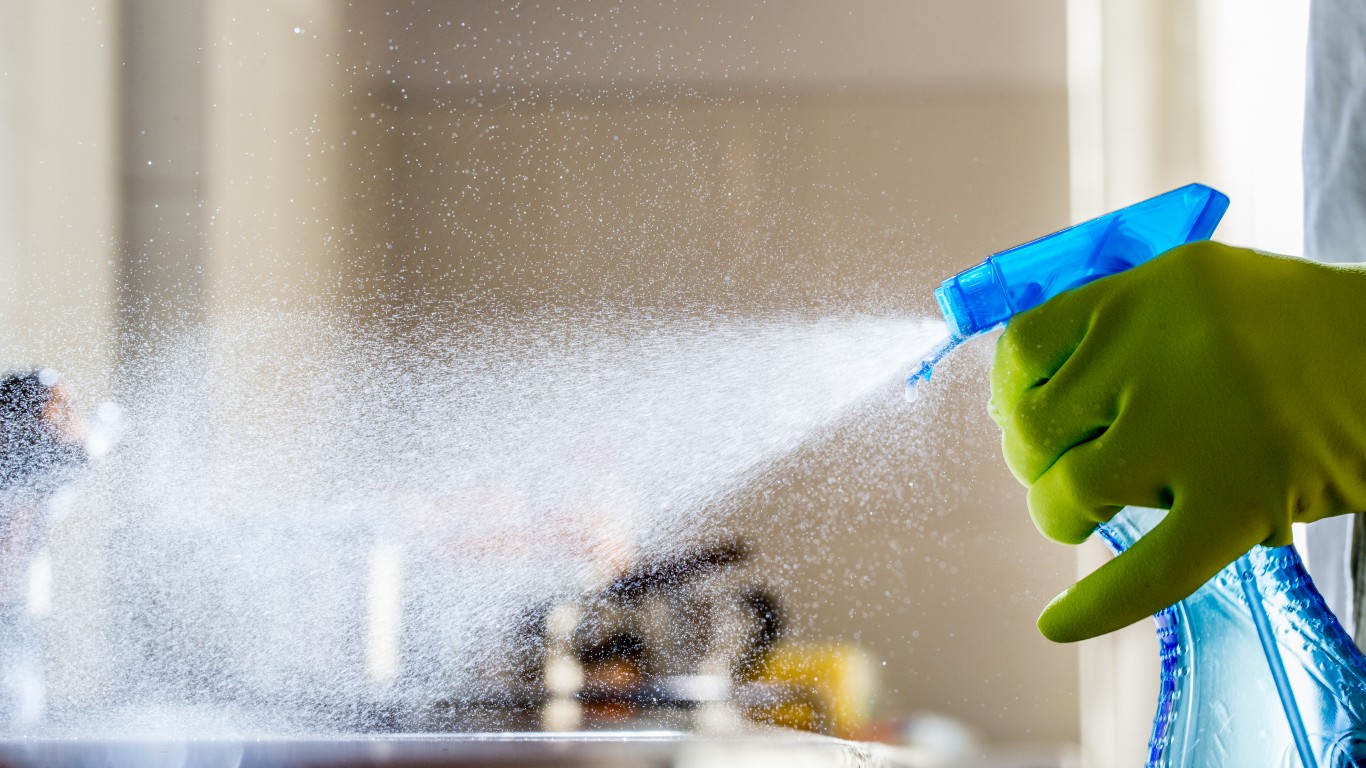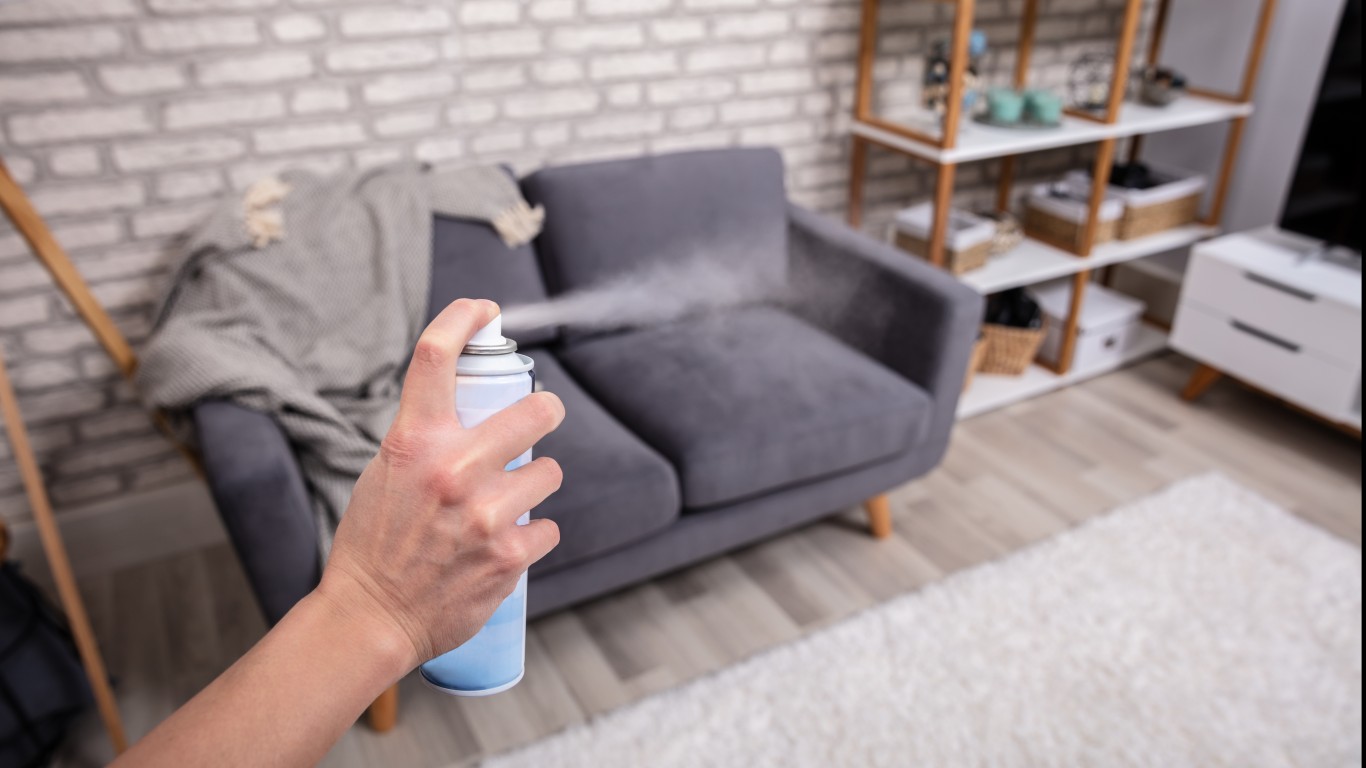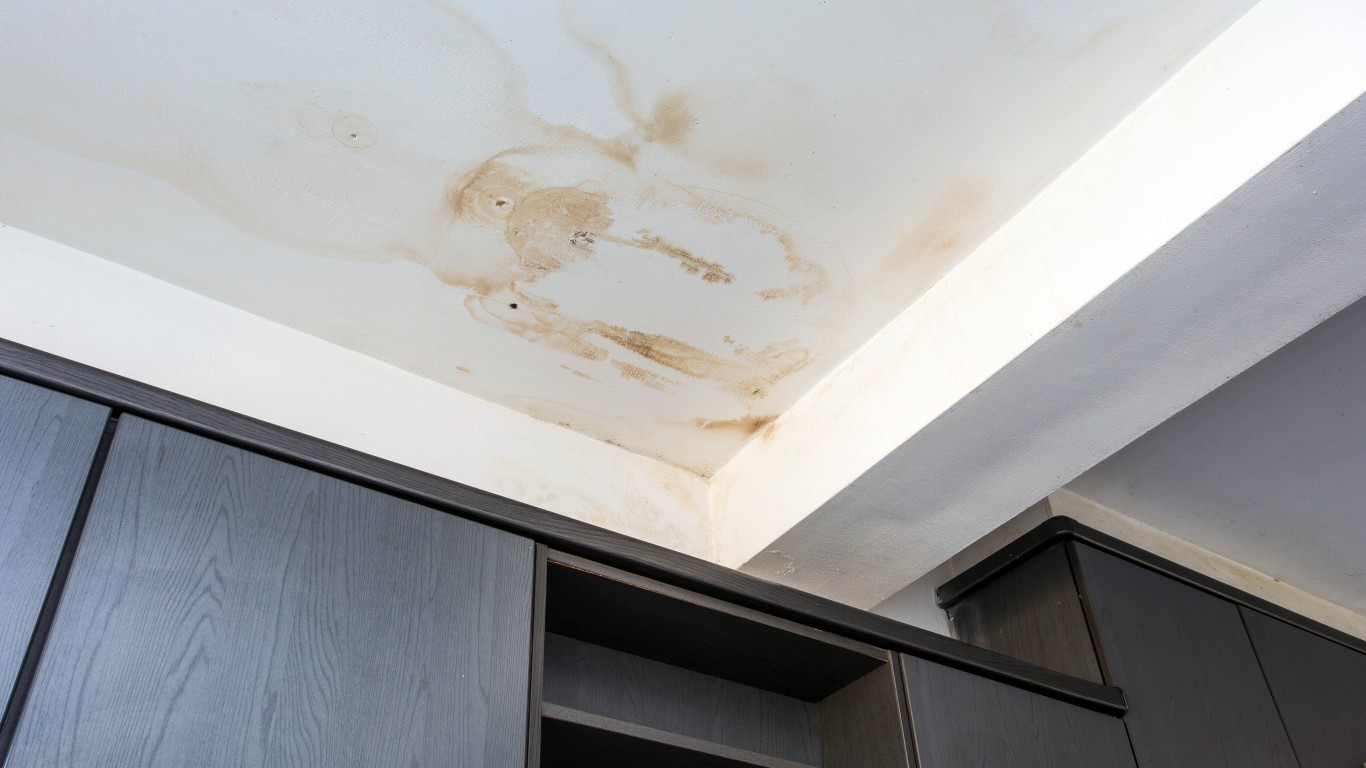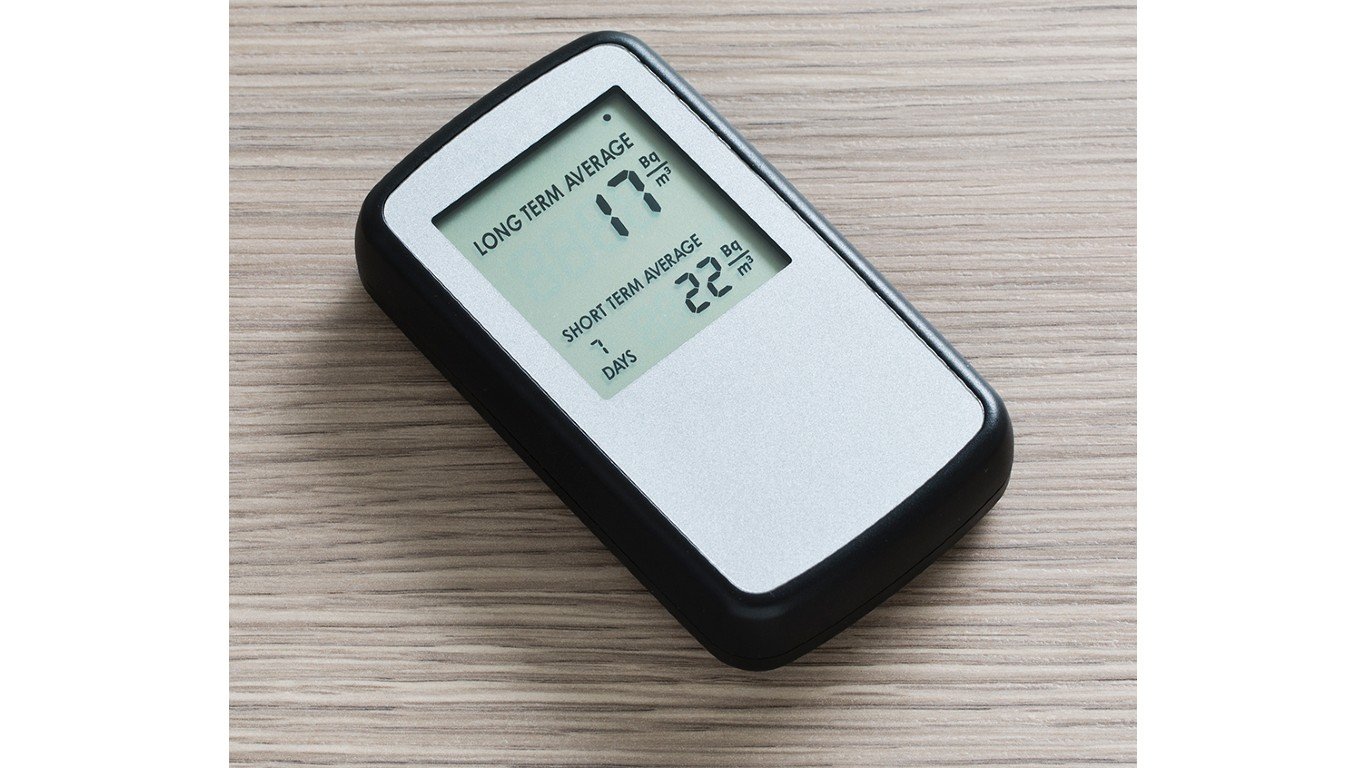
11. Use fragrance-free cleaning products
A 2020 international study found that fragrances in consumer products are a major source of indoor pollution, primarily in the form of VOC’s, which are not disclosed on the label. A significant percentage of the population suffers headaches, nausea, respiratory, and other problems from exposure to cleaning product fragrances, with 7.6% of adults reporting negative reactions from laundry detergent dryer fumes and 15.7% feeling sick when exposed to rooms cleaned with products with fragrances. Much higher percentages of individuals with autism or asthma suffer from these exposures.

12. Don’t use candles
Burning candles releases small amounts of VOC’s and soot (which results from any type of burning), but in such small quantities that candles are not considered a significant contributor to indoor air pollution. However, candles that have a fragrance may trigger health problems in some individuals, particularly among sensitive populations such as people with autism and asthma. In an international survey that looked at scented consumer products generally, 32.2% of the respondents reported negative reactions to some listed products, which included scented candles.

13. Avoid air fresheners
Air fresheners emit a number of toxic chemicals, mainly VOCs. In a U.S. survey, 20.4% of respondents reported negative health effects from air fresheners and deodorizers. Among them, 9.5% had respiratory problems, 7.6% had mucosal symptoms, 7.2% experienced migraine headaches, 5.7% suffered skin problems, and 4.7% reacted with asthma attacks. So-called “green” and “natural” products do not offer a safer alternative as they also have hazardous components, and do not emit significantly different amounts or types of carcinogenic air pollutants than conventional products..

14. Fix water leaks
A water leak that is not detected and fixed quickly will lead to wet or damp areas in the house that provide an environment for the growth of mold, mildew, and bacteria. Once mold spreads into walls, furniture, and carpets it can be difficult to remove. Mold can have mild to serious health impacts, particularly for people with allergies, asthma, and other respiratory problems.
15. Check for radon levels
Radon is a naturally occurring radioactive gas that can enter your home through the ground or well water. Drinking radon-contaminated water is much less of a health hazard than breathing radon, especially breathing it regularly over of time. Radon is the cause of 21,000 lung cancer deaths a year.
Every home should be tested for radon, and this is most likely to happen when a home is bought or sold. If you are unsure whether your home has been found to be free of dangerous levels of radon, you can purchase a test kit yourself. If you find that the air in your house has unacceptable levels of radon as described in the test kit instructions, there are specialized contractors that can reduce exposures through a variety of remedies, from basement sealing to barrier and ventilation systems

 24/7 Tempo
24/7 Tempo





